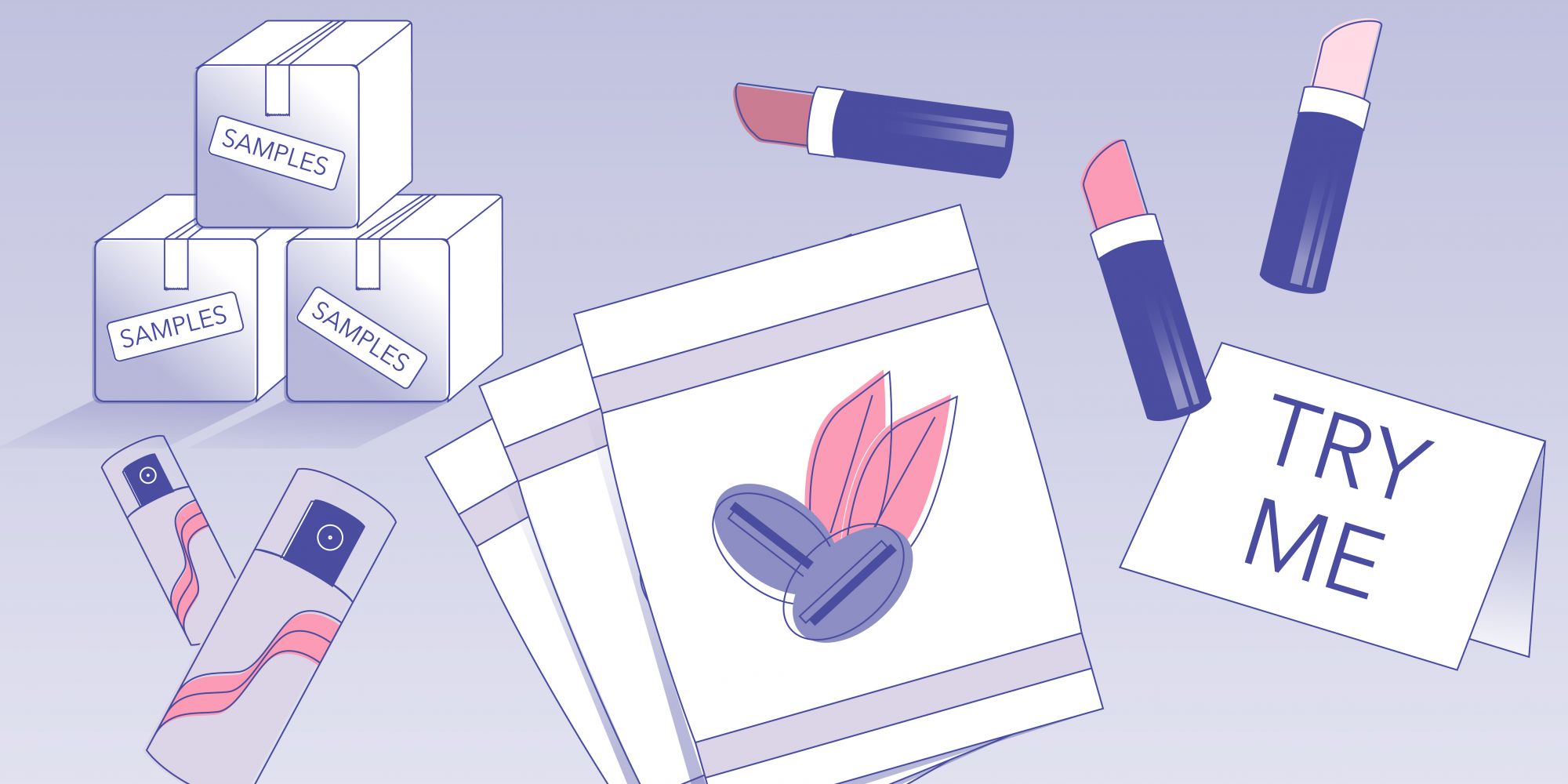
How To Effectively Sample Beauty Merchandise
Long before Birchbox and Ipsy, Kiehl’s figured out samples create sizzle. Customers flocked to the brand’s stores in the 1990s for the then rare giveaways. Now, most beauty brands and retailers have followed Kiehl’s lead for good reason.
According to marketing agency The Integer Group, free samples are the most influential avenue for encouraging brand testing and sales conversions. The expansion of sampling has changed customers’ expectations and, today, they presume samples are everywhere from inside stores to online. But proliferation hasn’t spelled the end of sampling success. On the contrary, a well-crafted sampling program can yield big rewards for revenues and recognition. There are plenty of potential pitfalls, though, that can potentially undermine an initiative to sample beauty products. Beauty Independent asked beauty industry experts for suggestions on sidestepping those pitfalls and putting samples into the right hands. Here are eight of their best tips:
- Don’t overlook sampling costs
- Jennifer Walsh, a serial entrepreneur and advisor to brands, has worked with 22 fledgling beauty brands in the past year, and the majority forgot to consider sampling costs in their marketing budgets. “Brands can fail because they underestimate the cost to activate people,” warns Walsh. Several sources estimate sampling program expenses regularly range from $25,000 to $100,000. Subscription services such as Birchbox may require as many as 800,000 samples.
- Choose the perfect product to sample
- The trick to sampling is getting customers not to forget your products or toss them out. “It has to be a product that, after trying it, someone will immediately want to purchase,” says Jacqueline Flam, vice president of retail and salon for haircare brands Eau Thermale Avene, Klorane and Rene Furterer. She decided Klorane Dry Shampoo would be ideal for sampling because it has a clear point of difference and instant effect. The brand partnered with Birchbox to spread trial sizes of the product, which successfully led to its sales surging.
- Not any old packet will do
- The sample size has to reflect the product being sampled. Flam notes skincare samples need to include enough substance within the sample for beauty shoppers to apply the product for several days. They won’t detect results and they’ll likely be disappointed in your brand’s skincare offering if they can’t use the formula repeatedly. Kim-Van Dang, owner of luxury fragrance branding and distribution firm KVD NY, recommends packets with a decent amount of surface area to feature product photos on them to show customers what they’ll see in stores. However, retailers tend to be quite specific about the types of samples they provide customers. Ask about their preferred sample sizes and types before ordering up tons of tiny packets.
- Be cautious about sampling destinations
- Brands often jump at distributing samples for goody bags and gifting suites in the hopes of attracting prominent customers. Walsh explains bags and suites won’t work if the events they’re linked to don’t properly align with a brand’s value and category. Of course, big brands regularly handing out 50,000 to 100,000 samples have the luxury to partner with a couple of clunker events without taking much of a hit. Smaller brands relying on sample loads of 5,000 to 25,000 have less wiggle room.
- Switch on social media to make an impact
- Like every other facet of the beauty industry, social media is affecting sampling. Beauty brands are notching sampling wins on social media platforms, particularly Facebook and Instagram. They frequently enlist outside firms to help navigate the platforms for sampling purposes. Nail polish specialist SinfulColors worked with Influenster to amplify its virtual exposure to beauty enthusiasts. Corie Beardsley, director of global marketing, details that the brand supplies full-size samples of cutting-edge colors five times a year to give recipients mined through social media first looks and encourage sharing. “Positive reviews and word of mouth are among the strongest incentives for product trial and having a broader community of brand fans correlates with more trial and conversion for our products,” she says.
- Beware of samples sitting idly in stores
- Sometimes a brand will send a store thousands of samples, and they don’t leave the backroom. In another worst-case scenario, salespeople pilfer samples for their personal stashes. “It’s almost better for a brand to bring in their own sales associate to dole out samples as needed,” says Dang. She counsels prestige skincare and fragrance brands to slather or spray samples directly on consumers if possible. Samples thrown into a bag at purchase might not be tried. “You have to convert one client at a time. In niche fragrance, the most important thing is to get the scent onto the skin,” asserts Dang. She likes the idea of empty glass vials at counters to dram fragrance samples that could cost around $5 each for niche brands.
- Don’t stand by when your samples are being sold
- In yet another worst-case scenario, a retailer sells samples from brands that intended them to be handed out for free. Martin Okner, president and COO of dpHue, tells brands to be upfront with retailers about the goals of their sampling programs to avoid misuse. “Dictate how they use it in the best interest of your company. If it is a true sample program or a gift with purchase, try to keep them on that path,” he says. Not keeping a retailer on the free sampling path can have tax and customer satisfaction consequences. No customer wants to learn that an item they’re paying for is complimentary for customers elsewhere.
- Samples are surprise and delight opportunities
- Samples are frequently presented as gifts or prizes. That’s the approach Barneys New York takes with its Summer Beauty Bag, an assortment of must-have summer products, containing Rodin Olio Lusso and lilah b. Divine Duo samplers. The bag, an online-only promotion, comes free with any beauty purchase of $150 or more from barneys.com. The samples are designed to foster a sense of discovery and community. Taking a cue from the department store and exciting customers with samples, even if samples aren’t the primary reason they’ve interacted with your brand, can whet appetites for more from your assortment.
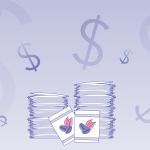
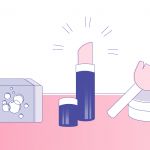
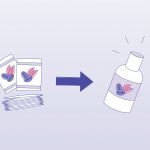
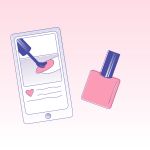
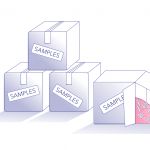
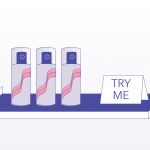
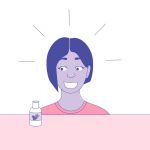
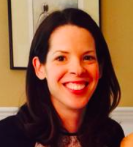




Leave a Reply
You must be logged in to post a comment.